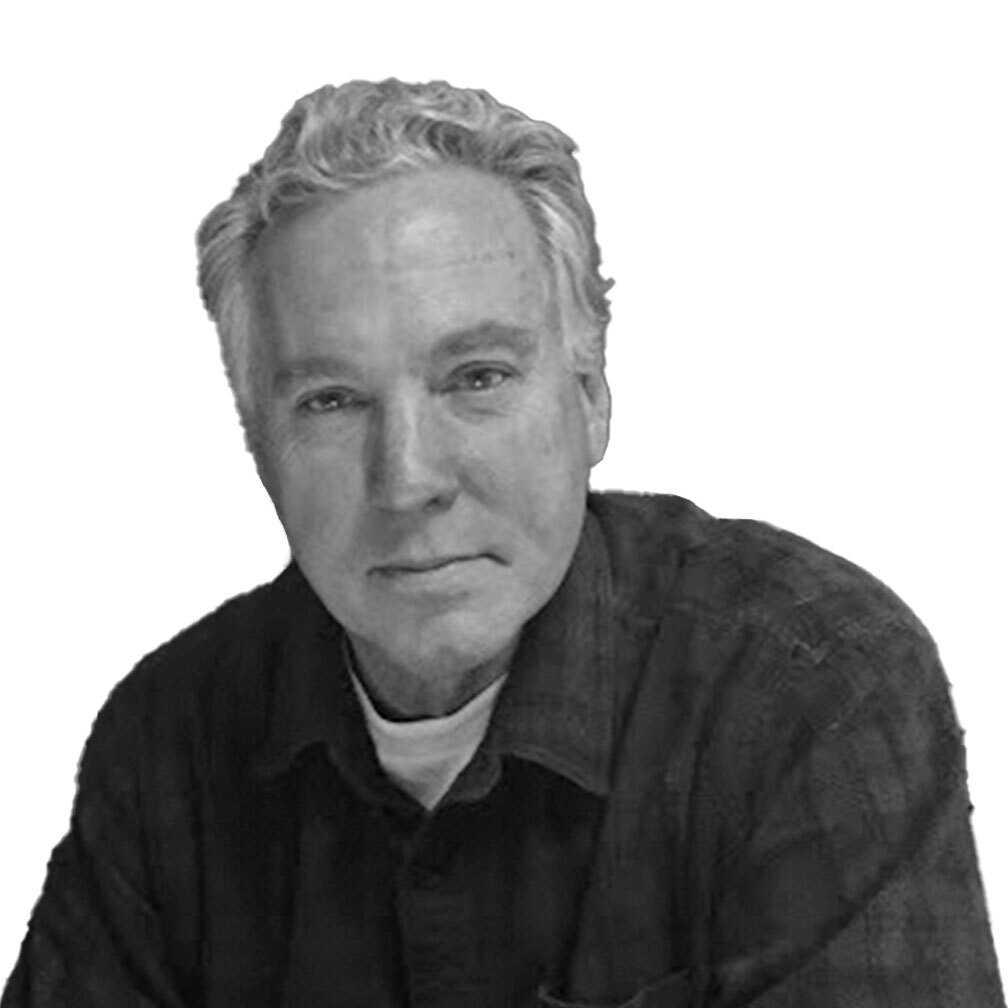LAS VEGAS—A Hollywood Western would probably have called them hired guns, but the six men on trial for their role in an armed standoff during a thwarted federal 2014 cattle roundup call themselves protesters.
Their trial is the first of three scheduled in U.S. District Court this year in connection with the April 12, 2014, showdown between Bureau of Land Management officers and the family, friends and followers of Bunkerville, Nevada rancher Cliven Bundy. With 17 defendants in all, the six alleged gunmen are considered among the least culpable players, but are accused of using their high-powered weapons to threaten and intimidate federal officers as part of a larger conspiracy.
The case has stoked the debate over the proper role of the federal government in managing public lands in the West. Approximately 85 percent of Nevada land is federally managed.
When cowboys under contract with the BLM attempted to execute a court order and impound hundreds of Bundy’s wayward animals from public land in an attempt to offset the $1 million in unpaid grazing fees he’s refused to pay, the Constitution-waving cattleman accused them of violating his rights. And he did what most protestors do in the Internet age, he took to Facebook, Youtube and the more conventional media and encouraged supporters to see for themselves at his ranch located about 80 northeast of Las Vegas.
As the roundup dragged on, a couple hundred people -- some true believers waving yellow Gadsden flags with their motto “DON’T TREAD ON ME” and others just curious to see what the dustup was about. For his part, Bundy fueled the protest by calling the authorized roundup a “range war emergency” and telling those within listening range he was prepared to do “whatever it takes” to retain his cattle and keep the public land he’d claimed as his home range.
The BLM added fuel to the fire when one of its officers threw Bundy’s sister, Margaret Houston, to the ground and shot his son, Ammon Bundy, with a Taser gun. Both incidents were posted and went viral on YouTube.
That’s where several of the six alleged gunmen first learned of Bundy’s protest. They drove from Idaho, Arizona and Montana to the protest and arrived just in time for the increasingly tense standoff on April 12.
With growing intelligence from undercover officers, the FBI, and multiple Internet sources indicating the protesters were becoming increasingly armed and members of militia groups were responding to Bundy’s call for a showdown, officials decided to discontinue the cattle roundup out of an abundance of caution.
Before the protest ended without a shot fired, hundreds of protesters—including some heavily armed late additions—filtered through the crowd and took high-ground positions above the federal agents.
“It is a crime to use a gun to threaten the life of a federal law enforcement officer,” Assistant U.S. Attorney Steven Myhre said in his opening statement to the jury.
In testimony, BLM special agents Rand Stover and Michael Johnson dramatically detailed the approach of the protesters, which included cowboys on horseback, as officers spotted guns in the crowd and on the hillside and bridge above Toquop Wash, where the government had corralled nearly 400 head of Bundy’s cattle.
“We were receiving significant information that individuals calling themselves militia members were coming into the area,” Stover said.
Added Johnson, “It was unlike anything I’d ever seen before in my law enforcement career.”
But they also had to admit that not every member of law enforcement seemed as concerned about the weapons. Nevada Highway Patrol troopers and Metro police officers were casually walking on a highway bridge not far from the alleged threats.
“I’m still confused to this day,” Johnson said of seeing the apparently relaxed troopers nearby as he crouched behind a light generator and scanned the crowd for snipers. “I don’t exactly know what they were doing.”
The case is loaded with still photographs and video taken from high altitude and at close range.
But the images cut both ways.
While photographs of each defendant carrying weapons are part of the evidence, some of the video shows the supposedly frightened and intimidated federal agents on less-than high alert.
BLM Ranger Logan Briscoe, who was positioned in the rear of the standoff, on Monday swore he felt in danger at a time he also shared a laugh with colleagues and used his cell phone to take a picture of the distant protest. He not only saw no one point a weapon his way, but he saw no unfriendly weapons at all.
But BLM Special Agent Mark Brunk was much closer to the action. He scanned the crowd and counted holstered handguns and long rifles.
While some in the crowd hurled epithets, others shouted in unison, “Open that gate! Open that gate!”
BLM Ranger Patrick Apley had encountered protests while on the job, the big crowd outside Bunkerville was different.
“Normally, in a protest you don’t have guns,” Apley said.
Or protesters in military fatigues and wearing flak jackets.
Defendant Todd Engel of Idaho is representing himself in the trial, which is expected to last up to 10 weeks. Engel told jurors that when he joined the group of protesters on April 12 he was shocked to find armed federal agents pointing their rifles in the direction of mostly unarmed protesters, many of whom were waving flags, praying and even reciting the Pledge of Allegiance.
Engel, of course, is accused of pointing his rifle in their direction.






